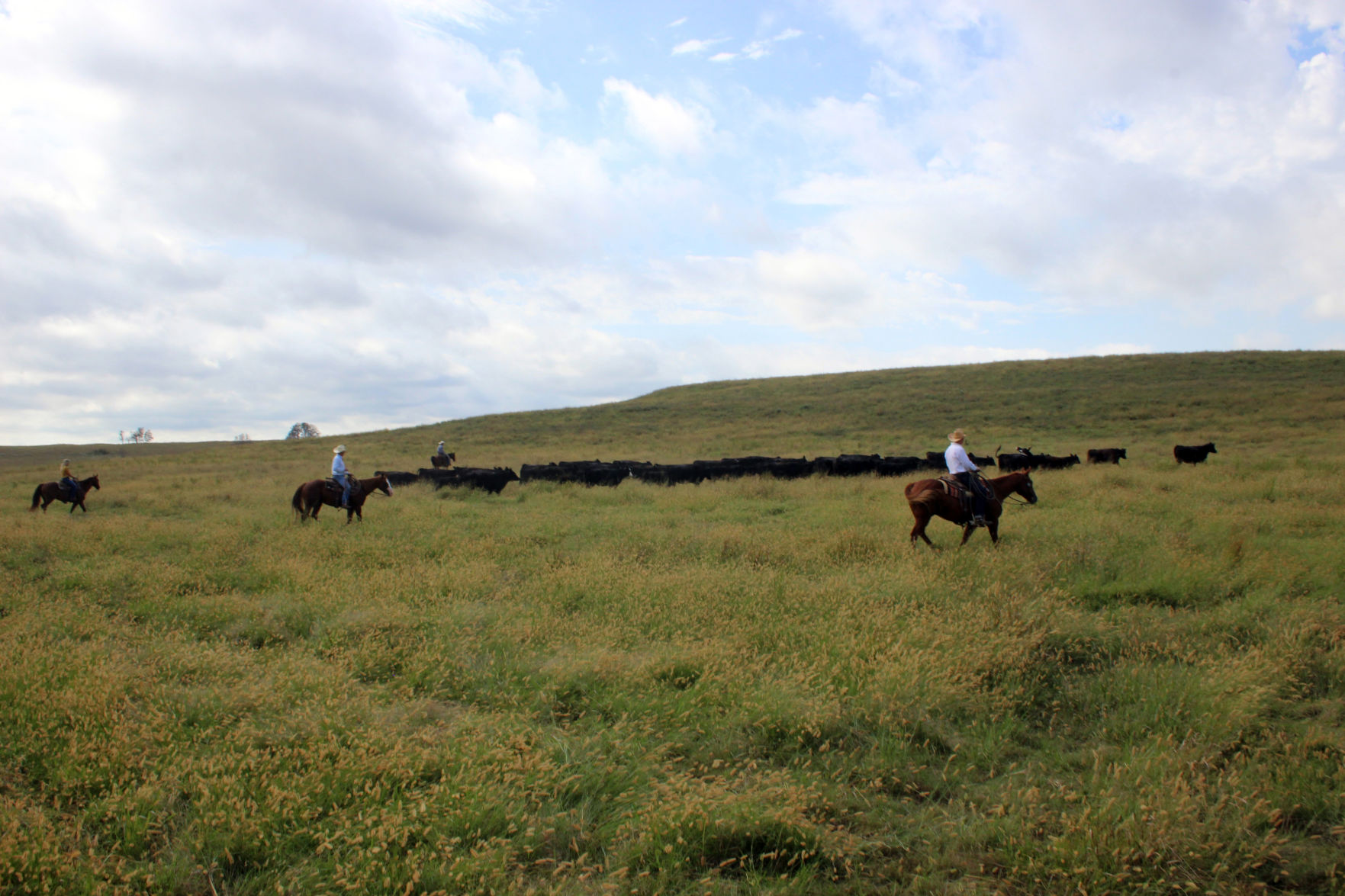Speakers during the Preparing for Drought webinar May 18 told attendees not to take drought preparation lightly. The Southwest Drought Learning Network brought a variety of individuals to the table to offer thoughts on how to handle the next drought.
Jimmy Emmons, Oklahoma Conservation Commission soil health mentoring coordinator, and a crop and cattle producer, said even though it was raining at the time of the webinar, and some parts of Oklahoma were even flooding, it’s never too early to plan for the next drought.
“It’s very important, what we’re doing,” he said. “And it’s going to be a great resource for producers and everybody else.”
Weather wise
Oklahoma State Climatologist Gary McManus looked at the conditions and drought outlook for summer 2021 during his segment of the webinar. Jokingly, McManus said there’s one way to get rid of drought in Oklahoma, and that’s to schedule a drought meeting.
“But just over the last three days, we’ve seen significant drought relief down across south-central Oklahoma and in the Panhandle as well,” he said.
Some areas that “really didn’t need rain” got it the week of the webinar.
“Drought is always on our minds in Oklahoma,” McManus said. “One part of the state might be being flooded, and there’s usually another part of the state that needs some of that water so we’ll just do the best we can.”
Current rainfall patterns in Oklahoma, according to the drought monitor at the time of the webinar and other indicators, have been “pretty normal.”
In the last 30 days, “bad drought conditions” have been relieved a little bit with recent rains. Some parts of southeast Oklahoma during that time frame were down about 5 inches of precipitation, but now have a surplus.
“As we get up in the northwestern corner of the state and in the panhandle, just in the last few days has actually pulled ahead with some surpluses,” McManus said. “So that’s really heading off an area of the state that was looking at an intensifying drought situation over the last few months.”
These wet periods are pretty significant, and May is normally a wet time for the state.
“It’s a pretty important time of year right now,” he said.
McManus said he’s not really “brave enough or confident enough” to give outlooks for the summer, fall or winter in Oklahoma just yet. His data is old and not as reliable.
“So right now we’re just going to say there’s a possibility of La Nina as we get into the fall and winter months,” he said. “So we need to be on the lookout for a possibly increased odds of a drier than normal six or seven months as we start to get into the fall.”
It doesn’t have to go that way, but the odds are tilting that way in general.
The last few summers have been really dry verses wet, so it’s a little bit too early to start predicting what summer will be like as far as precipitation goes.
Managing drought risk on the ranch
Tonya Haigh, National Drought Mitigation Center, introduced attendees to the NDMC Ranch Drought Monitoring Dashboard, said the program has been built from the recommendation that every rancher needs a drought plan.
“As you all know, drought happens. It happens to the most resilient ranch operations,” she said. “And we see a drought response plan as complementing and really being thought of as part of resilience building on the ranch.”
A response plan exists to help the rancher know when it’s time to take action and what action to take.
“What we’ve seen is that a drought plan can really help the rancher address some of the uncertainty in decision making that managers often have to deal with during drought,” she said.
For example, on a ranch in south central Kansas, they’ve identified four critical dates when the ranch manager has determined are the best times for them to make decisions. Statements like—if rainfall by this certain date is less than this amount, here’s what needs to be done and how.
“This is a really well defined, very specific drought plan,” she said. “There are a lot of different types, and not every drought plan is going to look like this. But this is what some of the ranchers who we’ve worked with have really recommended.”
The NDMC has an online resource called Managing Drought Risk on the Ranch to help develop a drought plan for a ranch. It can be found at https://toolkit.climate.gov/tool/managing-drought-risk-ranch.
“There’s information on all aspects of planning,” she said. “It includes a step by step process for putting together a plan, as well as examples. The Managing Drought Risk on the Ranch website was developed with the expertise of ranchers from across, across the Great Plains region from South Dakota down to Texas.”
NDMC worked closely with USDA climate hubs to organize and present a drought dashboard they felt would be the most relevant and useful in ranch decision-making. This dashboard is organized around 5 questions ranchers frequently have when they’re making decisions around drought. Those questions include the following:
• What is my current drought situation?
• How does this year compared to last year?
• What can I expect for forage production is kind of a key question?
• Could I maybe still get enough precipitation to change forage production expectations?
• What are my options for drought management?
The answers to those questions are based on local climatology and forage growth production curves for a specific ranch. For example, in the northern and central Plains region, if a rancher hasn’t gotten the moisture needed by June, it’s really time to take action.
“I think what we’re seeing right now in Oklahoma is sometimes we can see some dramatic changes between seasons,” Haigh said. “So this information and knowing when to kind of wait and see, is really helpful.”
Kylene Scott can be reached at 620-227-1804 or [email protected].


